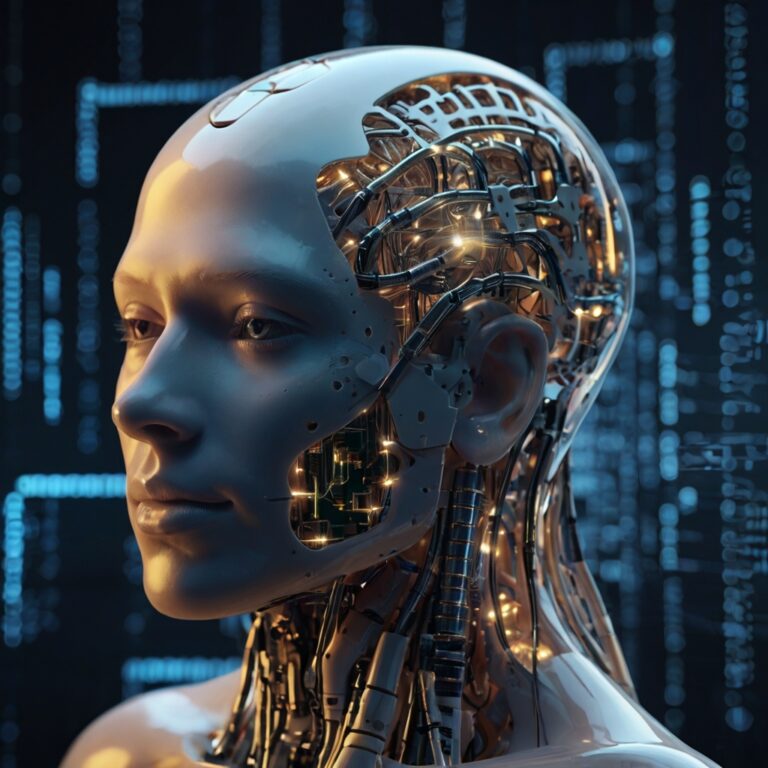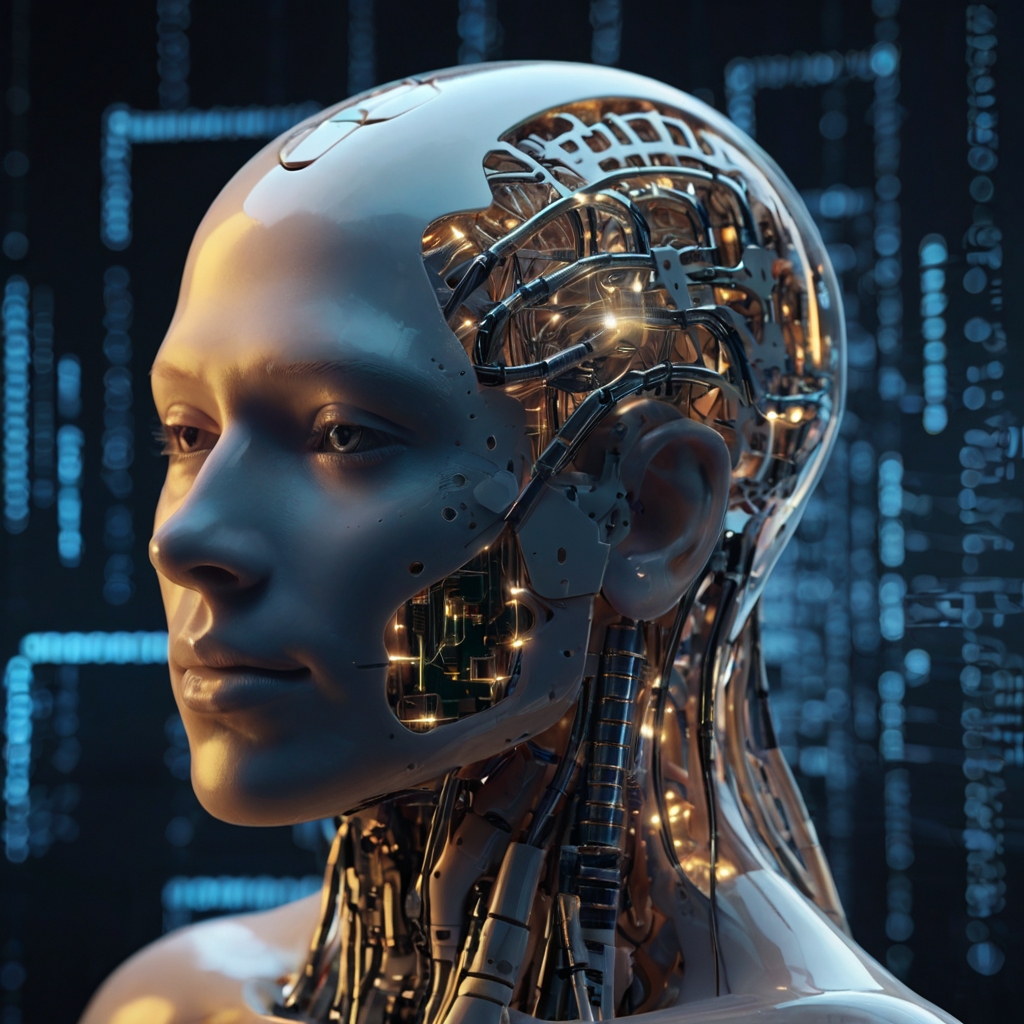Introduction to How Artificial Intelligence Works
Artificial intelligence (AI) is no longer just science fiction; it’s a part of our daily lives. From smart assistants like Alexa to spam filters in your email, AI is quietly working in the background, making life easier and more efficient. But have you ever wondered how artificial intelligence works? It all starts with data, algorithms, and the ability of machines to “learn” over time. This article breaks it down in a way that’s simple to understand, even if you’re completely new to AI.
Understanding the Basics of Artificial Intelligence
At its core, artificial intelligence refers to the ability of a computer or machine to mimic human intelligence. It processes large volumes of information, learns patterns, and makes decisions based on that data. AI systems rely on a combination of data science, algorithms, and computing power to perform tasks like recognizing images, translating languages, and predicting outcomes.
Whether it’s identifying faces on social media or recommending the next song on your playlist, AI is designed to improve itself over time, making it more accurate and helpful with every use.
The Role of Machine Learning in AI
Machine learning (ML) is the backbone of modern artificial intelligence. It’s a technique that allows computers to “learn” from data without being explicitly programmed for every task. Instead of following strict rules, ML algorithms recognize patterns, trends, and relationships within large datasets.
For example, when you watch a video on YouTube, the platform’s AI uses machine learning models to suggest other videos based on your behavior and preferences. Over time, these suggestions become smarter as the system learns more about your viewing habits.
How Neural Networks Power Artificial Intelligence
One of the most fascinating technologies behind AI is the neural network, which is inspired by the structure of the human brain. These networks consist of layers of interconnected nodes (like neurons) that process information and help machines “understand” complex tasks—such as speech recognition, natural language processing, and image classification.
Deep learning, a subset of neural networks, allows AI to analyze unstructured data like photos, videos, and audio. It’s how platforms like Google Translate and voice assistants can perform tasks with such remarkable accuracy.
Real-World Applications of Artificial Intelligence
AI is transforming industries around the world. In healthcare, it helps detect diseases early and personalize treatment. In finance, it powers fraud detection systems and automates trading. In retail, AI is behind personalized shopping experiences and customer service chatbots.
Even in education, AI adapts to student learning styles and supports personalized tutoring. The applications are vast, and as AI continues to improve, it will likely become an even more essential tool in every major sector.
The Importance of Data in AI Systems
AI wouldn’t exist without data. The more high-quality data an AI system has, the better it performs. Data is used to train AI models, helping them understand patterns, predict outcomes, and make decisions.
That’s why companies like Amazon and Netflix collect so much user data—they use it to fuel their AI systems and provide better user experiences. However, this also raises concerns about data privacy and ethical AI use, which are becoming increasingly important in today’s tech-driven world.
Limitations and Challenges of Artificial Intelligence
Despite its many benefits, AI still has limitations. It can’t think creatively or feel emotions like humans do. It also requires enormous amounts of data, and the results can sometimes be biased if the training data is flawed or unbalanced.
There’s also the challenge of AI transparency. Many advanced AI systems are like black boxes—we don’t always know exactly how they make their decisions. This has led to a growing need for ethical AI development and greater accountability in how AI is used.
The Future of Artificial Intelligence
The future of AI looks promising. We’re already seeing the rise of autonomous vehicles, AI-powered robots, and predictive analytics in business and healthcare. As computing power increases and more data becomes available, AI will become even more capable, intuitive, and integrated into daily life.
However, with this growth comes responsibility. Ensuring that AI is developed ethically, without bias, and for the benefit of all people will be critical moving forward. Education, policy, and public awareness will play key roles in shaping that future.
Final Thoughts on How Artificial Intelligence Works
Understanding how artificial intelligence works doesn’t have to be complicated. At its heart, AI is about using data and algorithms to enable machines to solve problems, learn from experience, and mimic human thinking. From machine learning to neural networks, the technology continues to evolve and expand into every corner of our lives.
Whether you’re a student, a tech enthusiast, or just curious, learning about AI can help you better understand the digital world and how it’s shaping our future.














